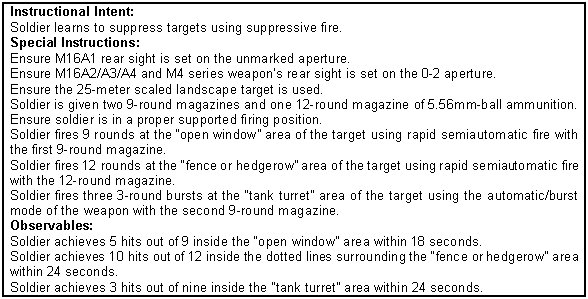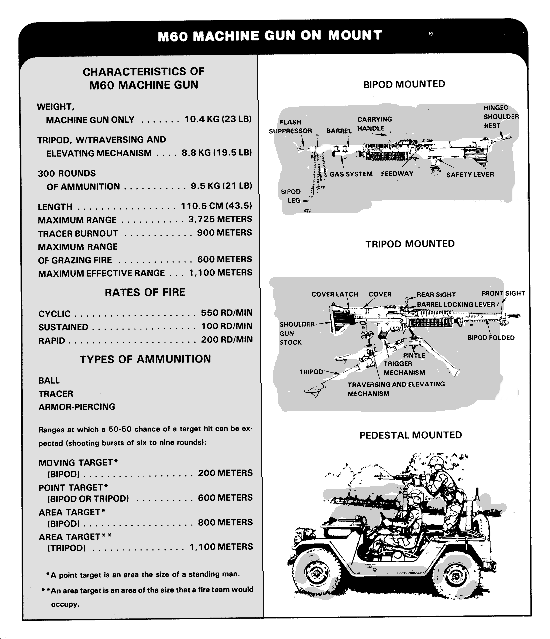Its not that every time that a sniper fires he gets a kill. But he cannot continuously send bullets flying over your head. Which is what causes the effect of suppression from suppressive fire.
So it's continually flying bullets....OVER someone's head? How is that even remotely deadly or threatening? How does it cause it? MECHANISM, Zetsumei, explain it, please.
Bolt action rifles, are optimized for accuracy and shooting to kill, and not for suppressing enemies. And because of that have rather limited capability in suppressing enemy soldiers.
Bolt action rifles are not optimized for accuracy, not in the period we're talking about, anyway. Bolt actions were optimized for rate of fire.
You have to understand, the first bolt action, the Dreyse needle rifle, was a substantial improvement over muzzle loaders, even though it was single shot. And its successor, the Gewehr 98, was seen as a significant improvement because it had an internal magazine and was seen as more competitive to lever-action repeating rifles of the day.
It's purely incidental that they maintain a high degree of accuracy. Effectively, the bolt action/lever action were the greatest rate of fire attainable before you start degrading accuracy by the automatic action.
I'm sure the Winchester was seen as an utter monstrosity back in the day, same as the reputation six-shooting revolvers did when they were introduced.
A hint can be found in the use of the Lee Enfield, which was used in large quantities by lines of riflemen who would practice the "Mad Minute," an attempt to fire 30 rounds in 60 seconds if I recall right, and many soldiers could achieve that, and many more could surpass it.
Also, look at muskets. Incredibly poor accuracy, incredibly poor rate of fire, but they attempted to compensate for that with volleys.
Interestingly, it's actually the United States, which was on the cutting edge of semi action/carbine development in WWII, which was so obsessive compulsive about accuracy leading all the way up through Vietnam.
Suppressive fire only lasts for as long as you put bullets near to the enemy enemy, so every time you rebolt your rifle after a shot or reload your weapon you are a potential target for the enemy as at those moments he is not suppressed. So indeed bolt action rifles are far from ideal for suppressive fire.
Well, to the extent that he can seek you and aim in that period, but you have to consider the fact that the follow up shot is going to burn through your face.
The MG42 on the other hand, fires at 1200 rounds per minute or 20 rounds per second. A speed at which the human hearing blends the bullet sounds together into 1 big sound depicted as the sound of a saw or the ripping of clothes. Which brings a continuous stream passing over a target, and renders the target useless for the duration the bullets fly over his head. If you want to make a gun better in hitting targets you would lower the rate of fire so the accuracy goes up, but the dispersion of bullets rather than shooting in the exact same spot every time is actually preferable with suppressive fire.
Then I guess you were blowing smoke up my *** when you told me it was "aimed fire." Clearly the grouping doesn't matter.
And clearly you were blowing smoke up my *** when you told me it was dependent on the actual threat and the fear of death.
Okay, so we've gotten to the point where I can actually narrow down possibilities here. The suppression effect is dependent on a wall of bullets flying towards you making you drop because you are afraid of dying due to nearly every location you could possibly enter up at being immediately peppered by fire. It has virtually nothing to do with accuracy, and is completely dependent on volume of fire.
Am I getting warmer here?
And yet this is opposed to what actually suppresses me in ost. Accurate fire suppresses me. Volume of fire makes me see an opportunity, because for precisely the reasons that you mentioned, it indicates a loose grouping and thus increased chances of survival in the engagement.
The difference between a sniper and regular rifleman is skill. A soldier knowing he's taking it up against a highly decorated sniper, will give up quicker and keep his head down and pretty much not go up again.
Sure. But give a sniper a rifle. Simo Hayha, Vasili Zaitsev....both used a standard Mosin Nagant and melted people's faces with them. As long as the weapon achieves the same factory standards and the same grouping, and you have the same rifleman, he'll do just as well.
For instance, me....notice, constant shooter. I find that the only difference between a sniper rifle and a normal rifle is optics. The function is the same, the grouping (in ost, not necessarily in real life), is the same.
Especially if a sniper kills a lot of friends and other soldiers around you. This is a form of suppression however is not suppressive fire. This kind of fear is based on morale, which is a different discussion, where the reaction differ a lot more from soldiers than with suppressive fire which generally creates a similar response to all soldiers.
Fear=fear
Seeking Cover=seeking cover
Seems like you're splitting hairs here, the effects and the reaction are exactly the same, the only thing that's different is the volume of fire. I suggest that you're avoiding calling this suppression because it hurts your case. This is why I've been pushing the point so hard.
Your argument at this point is getting close to merely arguing over semantics, which of course does not matter.







